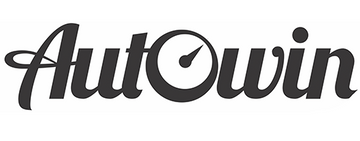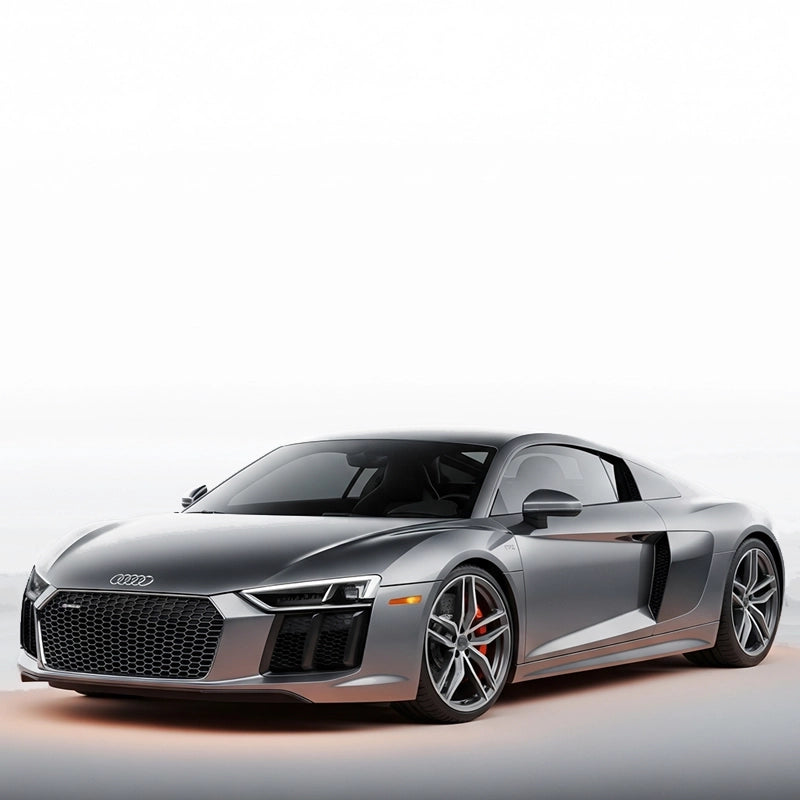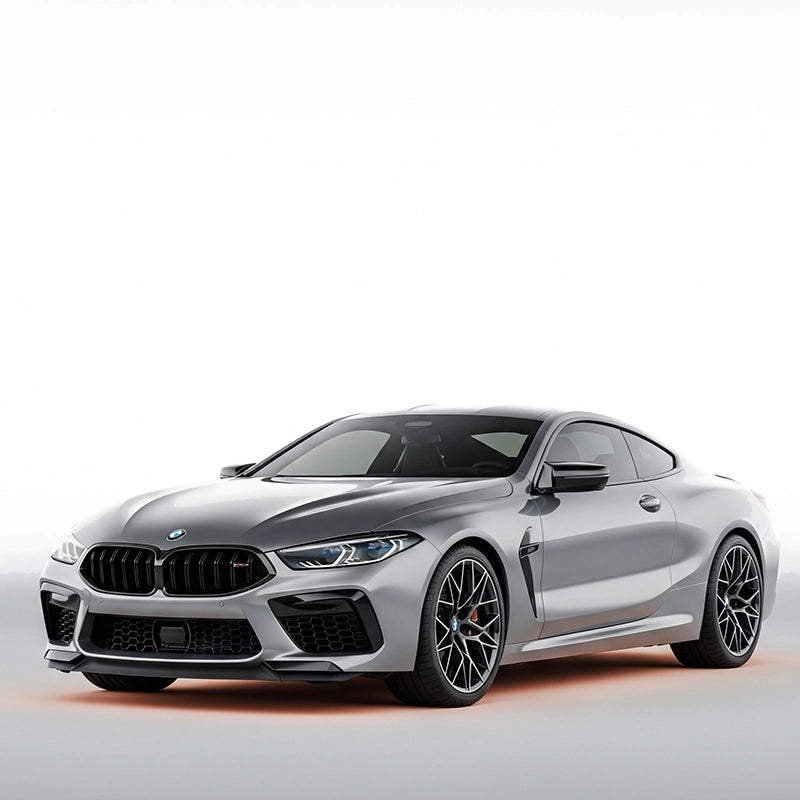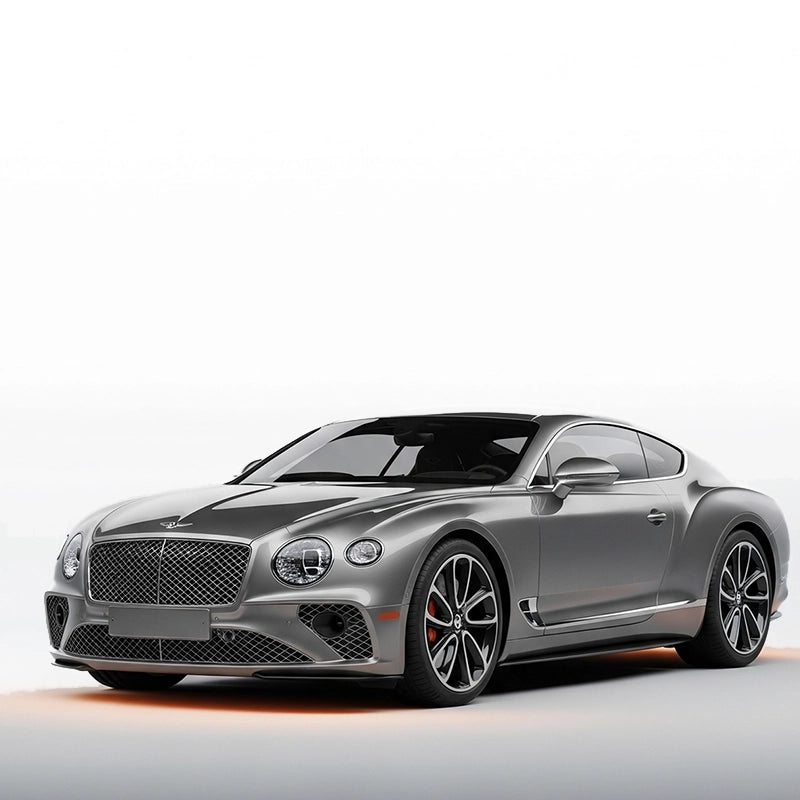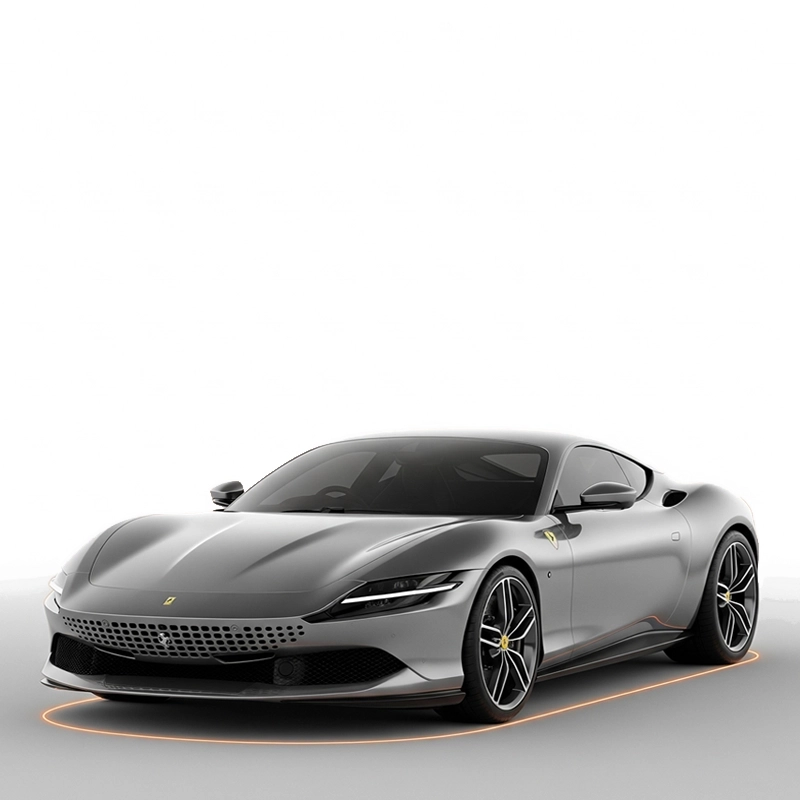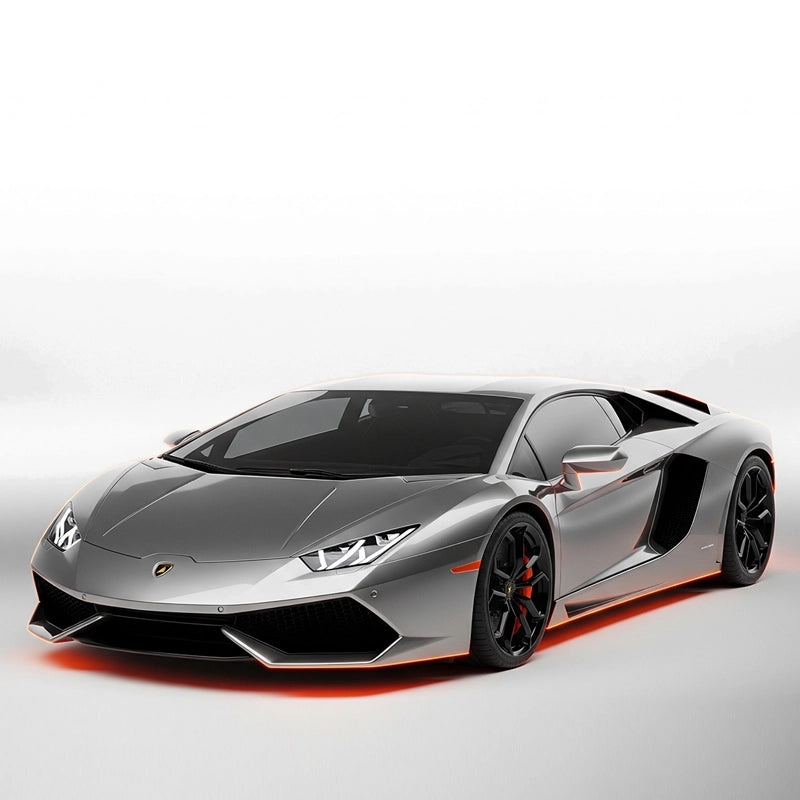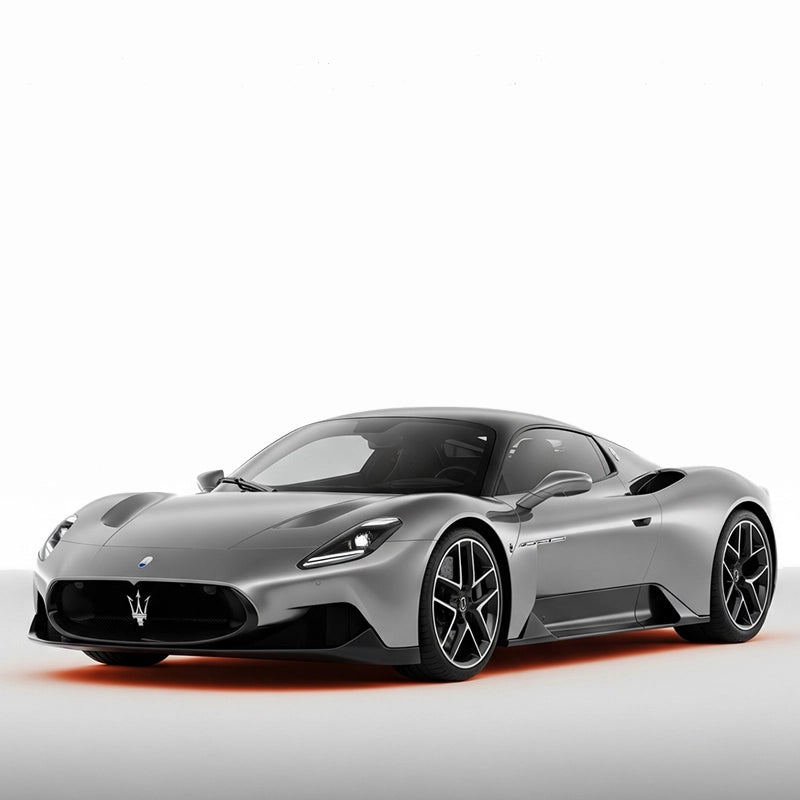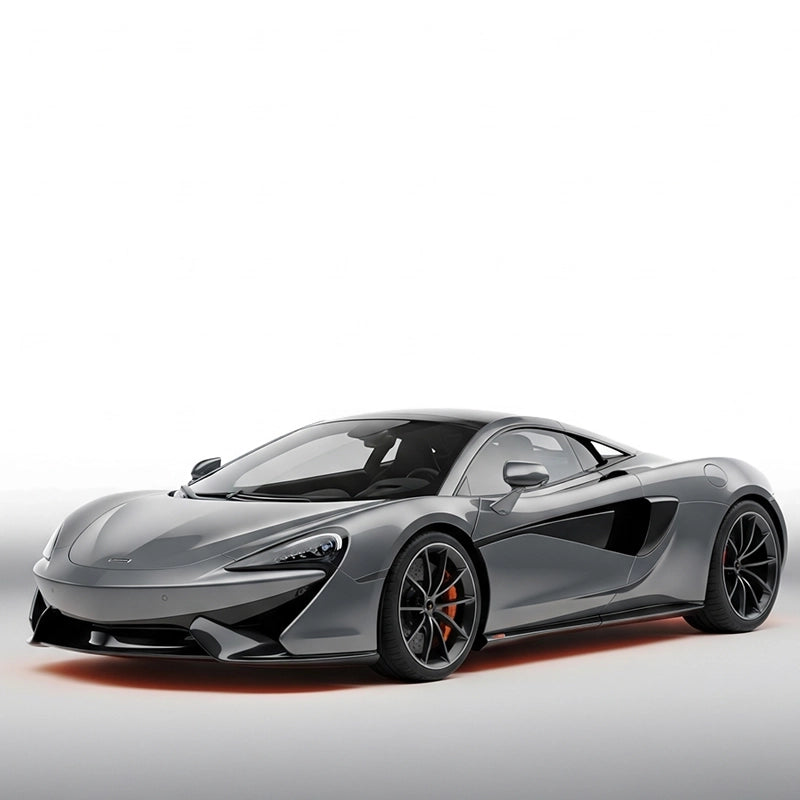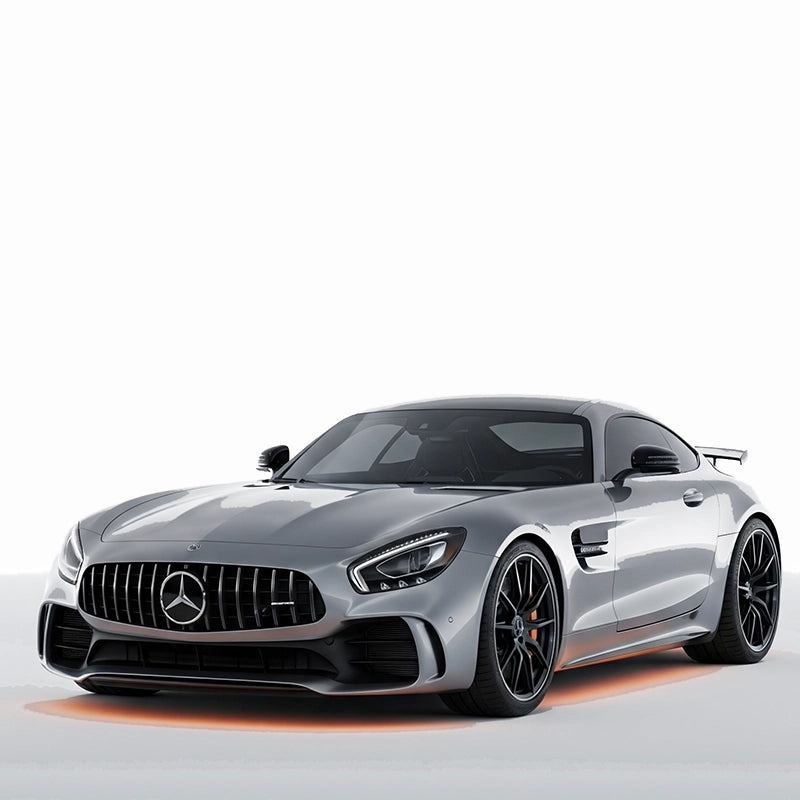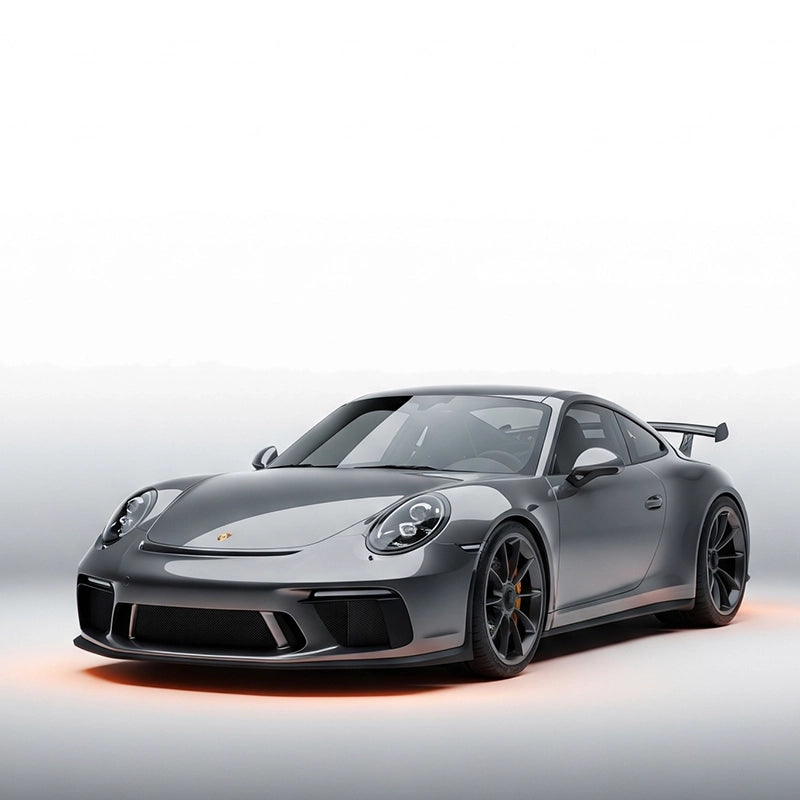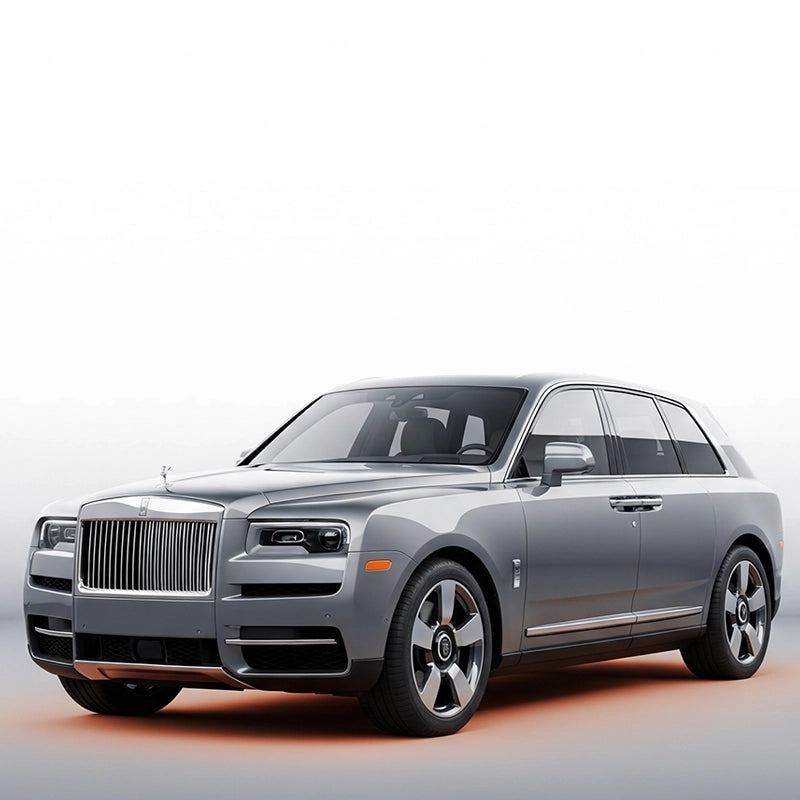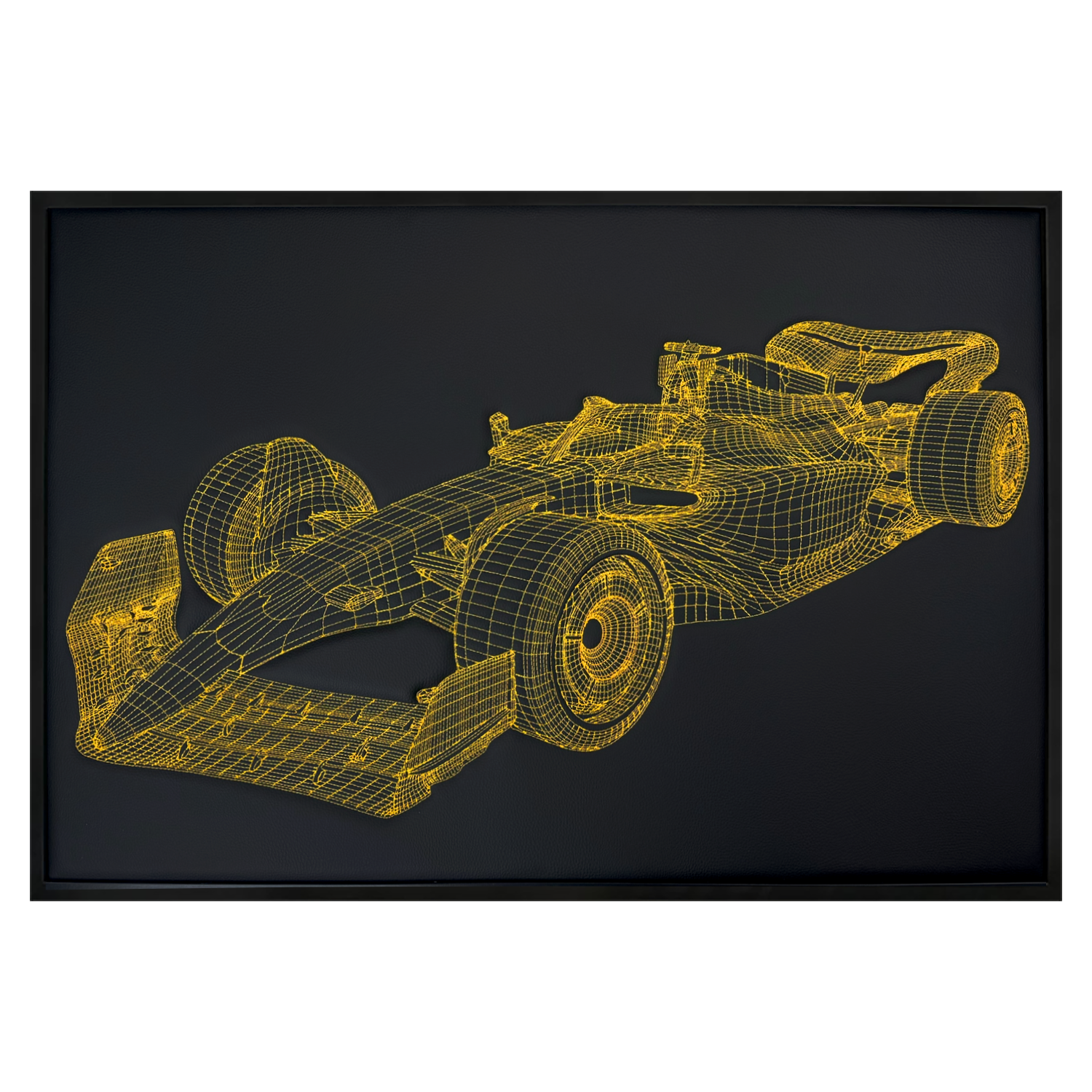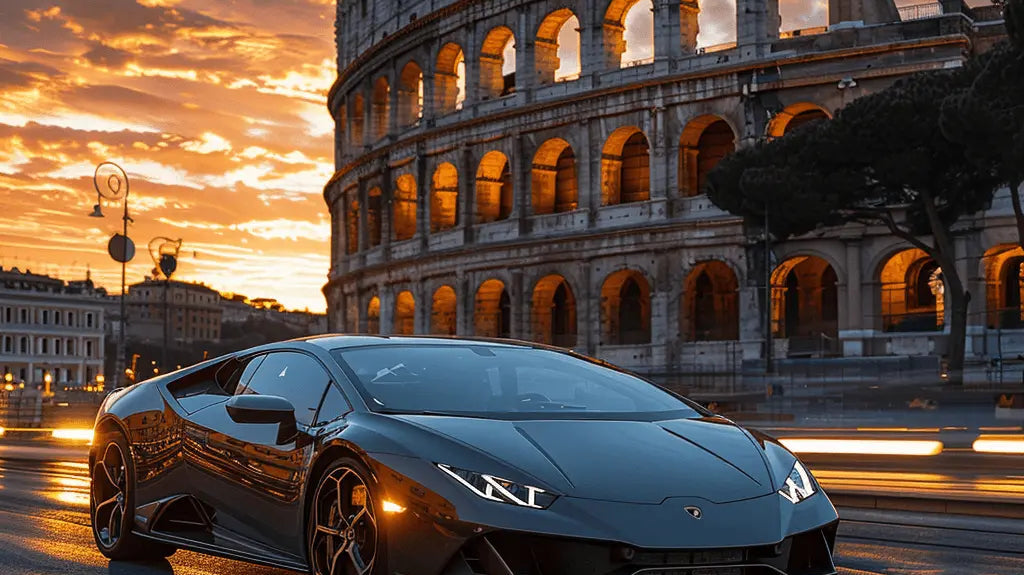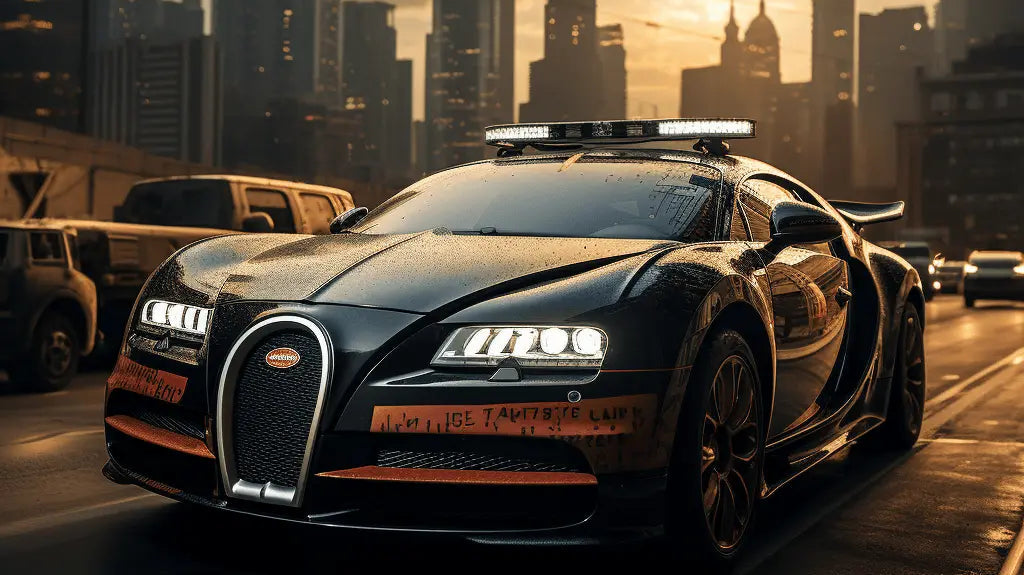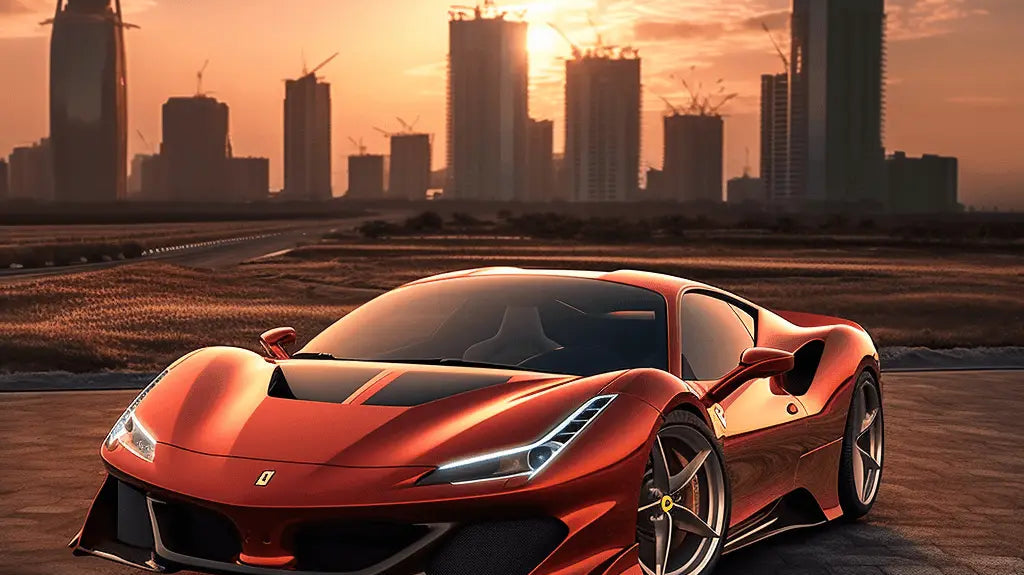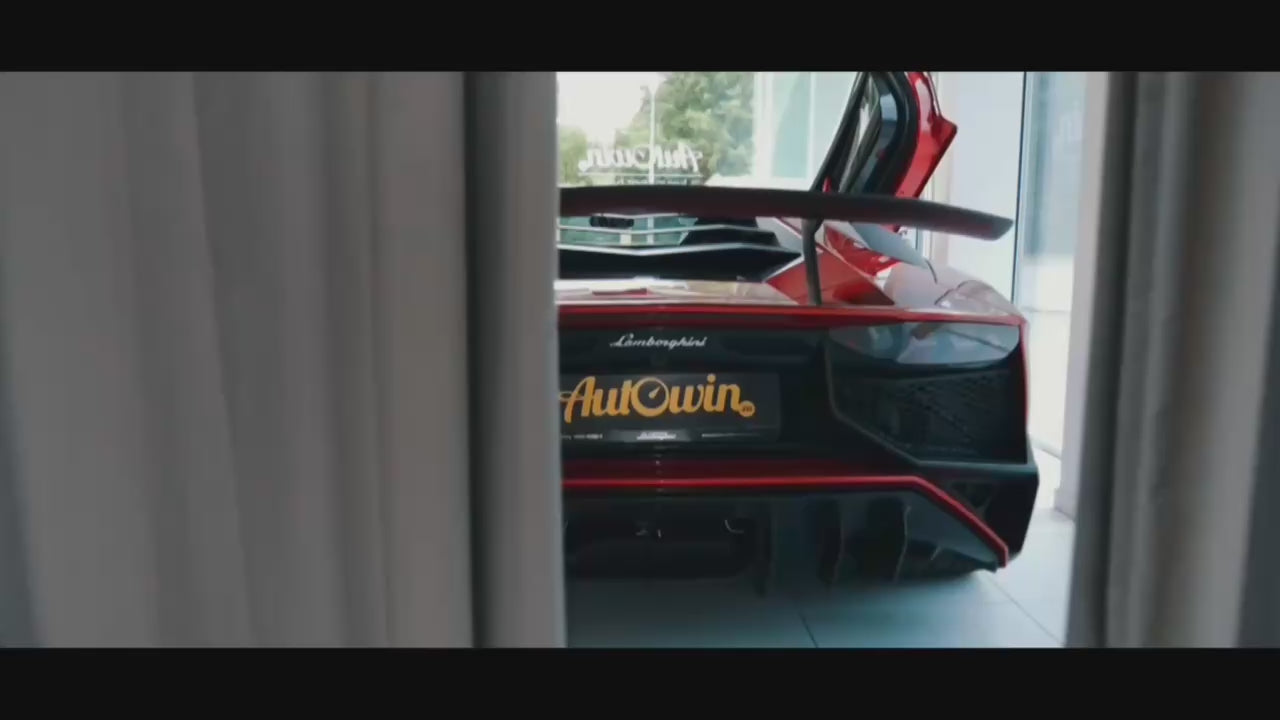Inside the World of Cars: an enthusiast’s field guide to today’s car brands
I’ve spent two decades hopping between test tracks, rental lots, and family road trips, and if there’s one constant it’s this: car brands keep multiplying like apps on your phone. Some are icons. Some are clever niche players. Some quietly build the cars your neighbors actually buy. When I talk to readers about car brands, I try to cut through the PR fog and share what you feel from the driver’s seat—the stuff you notice on a rainy commute, or hauling skis up the mountain, or when the kids are fighting in the back and you just want an easy life.
Because that’s the point, right? Matching the right car brand vibe to your actual life.

Who really shapes the car brands you see on the road
On any given week I’ll bounce from a bulletproof Toyota hybrid to a spicy VW GTI to an F-150 that parks like an aircraft carrier. The big gravitational forces behind those car brands haven’t changed: Toyota, Volkswagen Group, General Motors, Ford, Hyundai Motor Group, and Stellantis still set the tempo for tech, safety, and pricing. When I ran a long highway loop in a base Corolla and then hopped into a Golf back-to-back, I was reminded how each parent group stamps a personality on its brands—Toyota’s “it just works” serenity versus VW’s playful chassis tuning. That DNA matters.
- Volkswagen Group oversees Audi, Porsche, Lamborghini, Bentley, and more—wildly different car brands sharing back-end tech.
- Stellantis is the mash-up of PSA (Peugeot, Citroën, Opel/Vauxhall, DS) and FCA (Jeep, RAM, Dodge, Alfa Romeo, Maserati, Fiat). Big family, lots of personalities.
- Toyota’s luxury arm is Lexus, which explains why a quiet Camry often feels like a budget ES.
Car brands and their owners: the quick map
People ask me all the time: who owns whom? Honestly, it changes often, but here’s the current lay of the land I use when I’m cross-shopping test cars. If you’ve ever wondered why the infotainment in a Chevy feels familiar after a Buick loaner—or why a Lamborghini and Audi share switchgear—this is why.
| Parent Group | Key Car Brands | What They’re Good At | EV Direction |
|---|---|---|---|
| Toyota Motor | Toyota, Lexus | Reliability, hybrids that sip fuel, quiet cabins | Hybrid mastery; measured BEV rollout |
| Volkswagen Group | VW, Audi, Porsche, Lamborghini, Bentley, Škoda, SEAT/Cupra | Driving dynamics, interiors, brand spread from value to ultra-luxury | Scalable EV platforms (MEB/PPE) |
| Stellantis | Jeep, RAM, Dodge, Chrysler, Alfa Romeo, Maserati, Peugeot, Citroën, Opel/Vauxhall, DS | Off-road cred, value packaging, European small cars | Modular EV architectures across brands |
| Hyundai Motor Group | Hyundai, Kia, Genesis | Design, long warranties, superb value, fast EVs | Advanced 800V EVs (IONIQ/EV6/Genesis) |
| General Motors | Chevrolet, GMC, Cadillac, Buick | Trucks/SUVs, hands-off cruise tech, strong dealer network | Ultium platform push |
| Ford Motor Company | Ford, Lincoln | Pickups that work hard, honest SUVs, BlueCruise lane assist | BEVs like Mach-E, F-150 Lightning; hybrids growing |
EVs are here, but your driveway still has a say
Global EV share cracked the mid-teens recently, while the U.S. hovers around the high single digits. Translation: electric is mainstream enough to be normal, but your charging situation and road-trip routine still matter. I did a winter ski weekend in a dual-motor EV—quiet, planted, instant heat—and then jumped into a hybrid minivan for a kid-hauling weekday. Both made sense. The trick is picking the car brand that supports your reality: charging at home, dealer service nearby, software updates that don’t feel like beta tests.
From Model T to over-the-air updates
If your grandad loved the Model T story—mass production, cars for the masses—your group chat now debates over-the-air updates, lane centering, and whether your car’s app will actually connect this time. The modern car brand pecking order is part hardware, part software. Some are nailing that blend; others… still buffering. Small cars got clever. Pickups got palatial. And the line between “luxury SUV” and “nice mainstream SUV” blurs more each year.
A boutique highlight: Aston Martin’s enduring charm
Aston Martin has always worked like a bespoke tailor in a world of department stores. The DB11 I spent a weekend with had that familiar long-hood drama and a cabin that felt stitched rather than assembled. It’s not perfect—infotainment wasn’t its strongest suit—but when you find an open two-lane and the V8 clears its throat, you forgive everything. That’s the magic of certain car brands: they sell you a feeling as much as a machine.

And yes, Aston Martin still turns heads outside a restaurant in a way numbers can’t explain. Not everything needs a spreadsheet.
Choosing between car brands: how I test on a normal day
- Seat fit and sightlines: if I can’t find a natural driving position in five minutes, it’s not the one.
- Low-speed ride: the truth comes out over potholes and speed bumps. I try them on purpose.
- Infotainment sanity check: two taps to Apple CarPlay? Good. Four menus deep to change fan speed? Hard pass.
- Noise on the highway: if it’s quiet enough to hear your kids arguing in the back, the insulation’s doing its job.
- Dealer and warranty: glamorous? No. Helpful when something squeaks at 15,000 miles? Absolutely.
Auto accessories that make life easier: AutoWin floor mats
Small upgrades matter when you actually live with a car. I’ve thrown muddy boots, spilled coffee (twice), and dragged a stroller across a set of AutoWin floor mats, and they brushed back like nothing happened. They’re the kind of thing you stop noticing—until you realize the carpet still looks new.

- Precisely cut to fit a wide range of makes and models
- Easy to clean—hose off, shake, back in the car
- Materials from durable all-weather to plush sheepskin (yes, that’s a thing)
- Help your resale by keeping the carpet fresh
Quick hits: the questions I get about car brands
Does GM own Ford?
No. General Motors and Ford Motor Company are separate, rival American automakers. They occasionally collaborate industry-wide on standards, but they’re independent.
Who owns Suzuki?
Suzuki Motor Corporation is independent, though it maintains strategic partnerships (notably with Toyota in certain markets). Its footprint is stronger outside the U.S., where small cars rule.
What’s the biggest car company in the world?
It rotates, but Toyota and Volkswagen Group typically trade the global sales crown. The “biggest” depends on the metric: vehicles sold, revenue, or market cap.
Are hybrids still worth it if I’m considering an EV?
If you can’t reliably charge at home or need long road-trip range with quick fill-ups, hybrids remain the sweet spot. If you have home charging and mostly commute, an EV is wonderfully calm—and cheap to run.
Which car brands are best for reliability?
Historically, Toyota and Lexus sit near the top, with many Hyundai/Kia and Honda models scoring well. But check the specific model year; even reliable brands have off years.
The bottom line on car brands
Car brands are personalities as much as products. Some promise calm, some performance, some value, some glam. Drive them back-to-back, test them on your actual roads, and pick the one that fits your life now—not the brochure life. That’s how you end up loving your car five years in, not just the day you sign.
